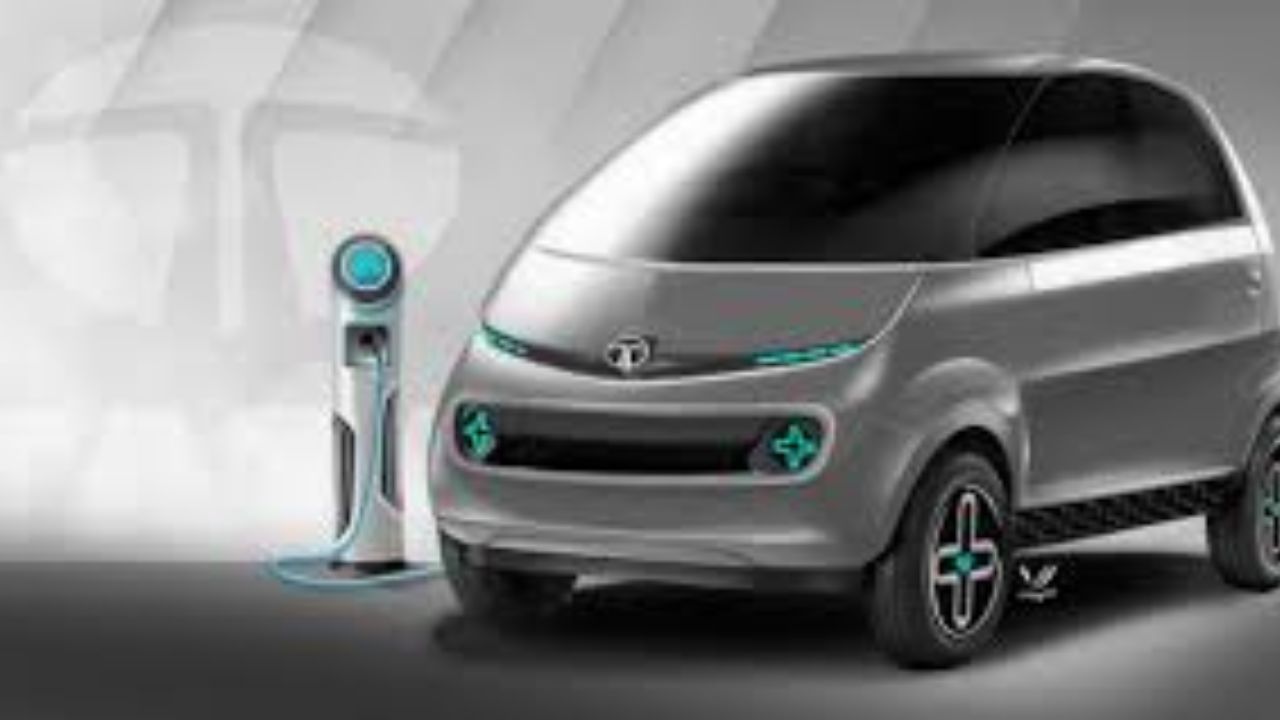To appreciate the return of the Tata Nano in an electric avatar, we need to revisit the journey of the original Nano, a car that once captivated global headlines in 2008. Ratan Tata’s vision behind the Nano stemmed from witnessing families precariously traveling on two-wheelers, exposed to India’s chaotic traffic and unpredictable weather. His mission was clear: to create a “people’s car” that was safer and more practical, priced at just ₹1 lakh (approx. $2,500).
The original Nano was a marvel of minimalist engineering. With a rear-mounted 624cc engine, tubeless tires, and cost-conscious innovations like a single windshield wiper, it achieved an unmatched price point. Despite the initial success with over 200,000 bookings, the Nano’s momentum faded. Marketing it as the “cheapest car” stigmatized the product in a society where vehicles symbolize social status. Many budget-conscious buyers still found it financially out of reach, while others preferred upgrading to more premium models.
By 2018, the Nano was discontinued, seemingly closing a unique chapter in Indian automotive history. But the essence of the Nano—affordable and practical urban transport—remained relevant, especially in today’s congested, pollution-heavy cities.
The Nano EV: Old Soul, New Heart
Fast forward to today, and the Tata Nano is reportedly undergoing a modern transformation—this time as an electric vehicle (EV). With Tata Motors finding success with EVs like the Nexon EV and Tigor EV, the foundation is now set for reviving the Nano, reimagined with a sustainable twist.
According to automotive experts, the electric platform addresses many of the original Nano’s limitations. It promises smoother performance, better city drivability due to instant torque, and minimal mechanical noise compared to the petrol-powered version. Industry sources say the Nano EV will retain the original’s compact length of 3.1 meters, perfect for city navigation and parking in tight spaces.
Styling is also said to be modernized. The new Nano may feature sleeker headlamps, a refined grille-free front, and bolder wheel arches, all aiming to shift the perception from ‘cheap’ to ‘smart and aspirational.’
Tech Specs and Range
While Tata hasn’t officially announced specifications, insiders suggest the Nano EV will come with modular battery options. The base variant is expected to include a 15-19 kWh lithium-ion battery, offering 150–180 km of range—sufficient for daily city commutes. A higher variant may provide 220–250 km of range.
Charging flexibility is another strength. The Nano EV will reportedly support standard home charging (8–10 hours for a full charge) and DC fast charging at 25 kW, allowing up to 80% charge in about 45 minutes. These features make it practical for urban buyers without access to extensive charging infrastructure.
Performance-wise, the electric Nano will likely reach a top speed of 85–90 km/h, with 0–60 km/h acceleration in around 14 seconds. It may use a 30–35 kW motor (roughly 40–47 hp), nearly doubling the original’s power output.
In-Car Tech: Connected Features and OTA Updates
In higher trims, the Nano EV may include connected car tech. This tech allows app-based controls for locking, air-conditioning, location tracking, and checking remote charging status. OTA software updates will keep the car up to date. This means no trips to service centers are needed.
Inside the Nano EV: Minimal Yet Modern
The new Nano EV is said to embrace a minimalist interior layout, not just for cost savings but as a modern design approach. Expect a clean dashboard layout with a 7-inch touchscreen serving infotainment and reverse camera duties. Physical buttons are minimal, with most controls integrated into the display.
A digital instrument cluster replaces traditional analog dials, showing speed, battery percentage, and range. Interior materials are also upgraded—hard plastics remain, but textures and finishes are more refined to improve tactile feel.
Despite the Nano’s compact size, the cabin is said to offer adequate space for four adults, with enough boot space for groceries or small bags. Smart storage nooks add practicality for city dwellers.
Smart Pricing, Smarter Positioning
The most anticipated aspect of the Nano EV is its pricing. Sources say Tata may launch the base model at ₹5–6 lakh ($6,000–7,200), leveraging government EV incentives. This positions it closer to electric two-wheelers like the Ola S1, Ather 450X, and TVS iQube, rather than competing with conventional cars.
This pricing strategy highlights its value proposition: the safety and comfort of a four-wheeler with the low running costs of an EV. Tata’s marketing strategy reportedly avoids the “cheap car” narrative and instead emphasizes “smart urban mobility” and “sustainability,” aligning with evolving consumer values.
Higher variants may cost around ₹7–8 lakh ($8,400–9,600), still undercutting most electric cars and entry-level hatchbacks, while offering compelling savings on fuel and maintenance.
Challenges Ahead
To bring the Nano EV to life, Tata is said to be upgrading its old Nano production plant in Sanand, Gujarat. The initial production target is 10,000 units annually, with plans to scale based on demand.
Battery sourcing remains a challenge amid global supply constraints. Tata Motors is exploring partnerships with both local and international suppliers. Meanwhile, Tata Power is expanding EV charging networks across India, though smaller towns still face limited access.
Experts believe the first wave of Nano EV buyers will likely be urban families seeking a secondary city-focused vehicle. Broader adoption will depend on improved infrastructure and real-world performance.
Societal and Environmental Impact
Beyond its business potential, the Nano EV could have a transformative impact on urban India. With cities like Delhi and Mumbai grappling with pollution and traffic, a compact, affordable EV could help reduce emissions and free up road space.
From a public health perspective, shifting two-wheeler users to compact electric cars could significantly reduce road injuries and fatalities. EVs also promise improved respiratory health in polluted metros, a benefit extending to society as a whole.
A Second Chance in a New Era
As the Tata Nano EV nears a potential launch, it symbolizes more than just the rebirth of a model—it represents a second shot at redefining urban mobility in India. Unlike 2008, the market is now more receptive to electric vehicles, and consumers are more environmentally conscious.
If the Nano EV delivers on its promise of affordability, practicality, and smart design, it could become a game-changer. Rather than mimicking Western automotive trends, it may offer a localized solution tailored to India’s unique needs—an affordable EV that’s not just a car, but a movement toward cleaner, smarter, and safer mobility.
Modular Utility – Fleet Use and Last-Mile Delivery
Tata might launch a basic version of the Nano EV. This could focus on e-commerce deliveries and city shared mobility fleets. With low maintenance costs, compact size, and government subsidies, the Nano EV could be a fleet manager’s dream.
Government Support and Policies
Tata could benefit from the FAME-II scheme and various state-level subsidies that further reduce the on-road price. States like Delhi, Maharashtra, and Gujarat provide extra perks. These include registration waivers and interest-free loans. This makes the Nano EV more accessible to everyday buyers.
User Experience and Real-World Scenarios
The Nano EV is a great second car for city living. It’s perfect for school drops, grocery runs, and office commutes.
Brand Legacy and Public Perception
The Nano name carries emotional weight. It was more than a car; it was a symbol of innovation and accessibility. Tata now faces the challenge of changing its image. It wants to be seen not as the “cheapest car,” but as a comeback story. This new image should align with India’s electrified future.
Abu Dhabi Postal Code: Locate Any ZIP Code Easily
Long-Term Vision and Export Potential
Insiders say Tata may look into exporting the Nano EV to emerging markets. These markets include Africa, Latin America, and Southeast Asia. They have traffic and infrastructure similar to India’s. If successful, the Nano EV could fulfill its original vision globally.

